22 Feb


How Do Lamp Post Protectors Absorb Impact?
Lamp post protectors absorb impact by using durable, shock-resistant materials such as steel, rubber, or polyurethane to distribute and reduce collision force. When a vehicle or object strikes the protector, the material flexes or deforms slightly, dissipating energy and preventing direct damage to the lamp post. Some designs feature built-in cushioning or shock-absorbing layers that further minimise impact. By reducing the force transferred to the lamp post, these protectors help prevent structural damage, maintain stability, and lower repair costs. Their ability to absorb and deflect impact makes them essential for high-traffic areas like car parks, roads, and industrial sites.
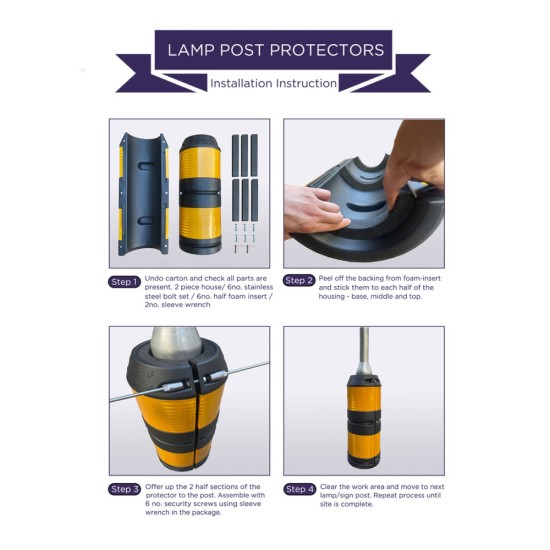
What Are the Different Types of Impact Protectors Available?
There are several types of impact protectors designed for different applications. Rubber protectors are flexible and absorb low-speed impacts, making them ideal for car parks. Steel barriers provide heavy-duty protection, often seen in industrial and roadside settings. Polyethylene (plastic) guards are lightweight, durable, and resistant to rust or corrosion. Bollard-style protectors surround the lamp post with reinforced posts to prevent vehicle collisions. Foam or padded sleeves offer an extra layer of cushioning, reducing minor impact damage. The choice of protector depends on the level of protection needed and the environment where it is installed.
Are Lamp Post Protectors Visible at Night?
Many lamp post protectors are designed with high visibility in mind, especially for use in areas with vehicle traffic. Reflective strips or coatings are commonly added to ensure they can be seen in low-light conditions. Some models feature built-in LED lighting or reflective tape to improve visibility at night. Bright colours, such as yellow or red, also enhance daytime visibility. Ensuring that protectors are noticeable at all times reduces the risk of accidental collisions and enhances overall safety in dimly lit areas.

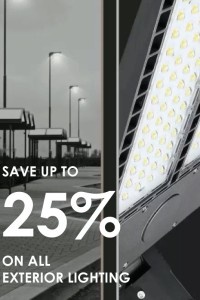
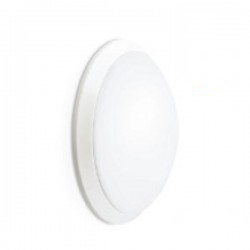
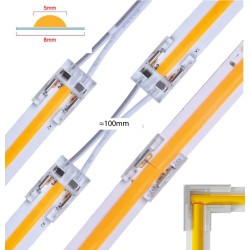
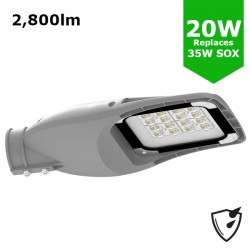
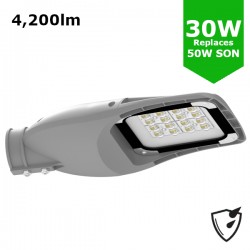
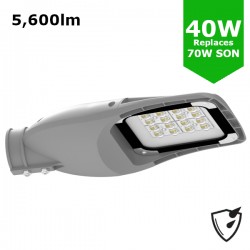
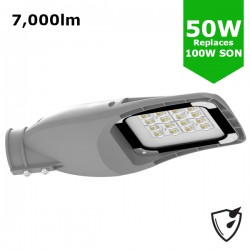
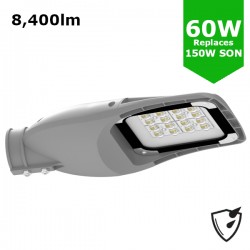
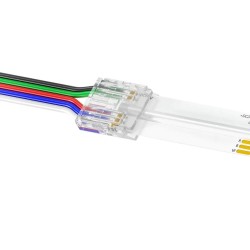

Leave a Comment